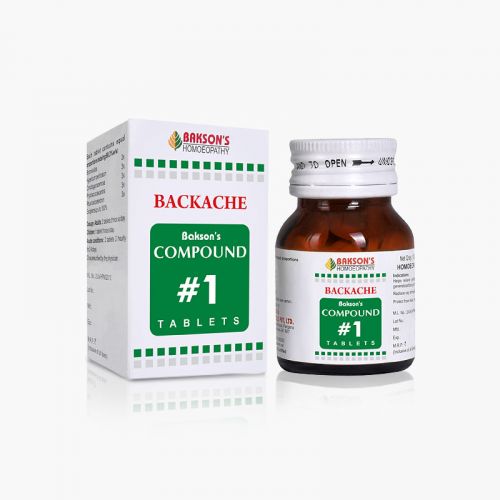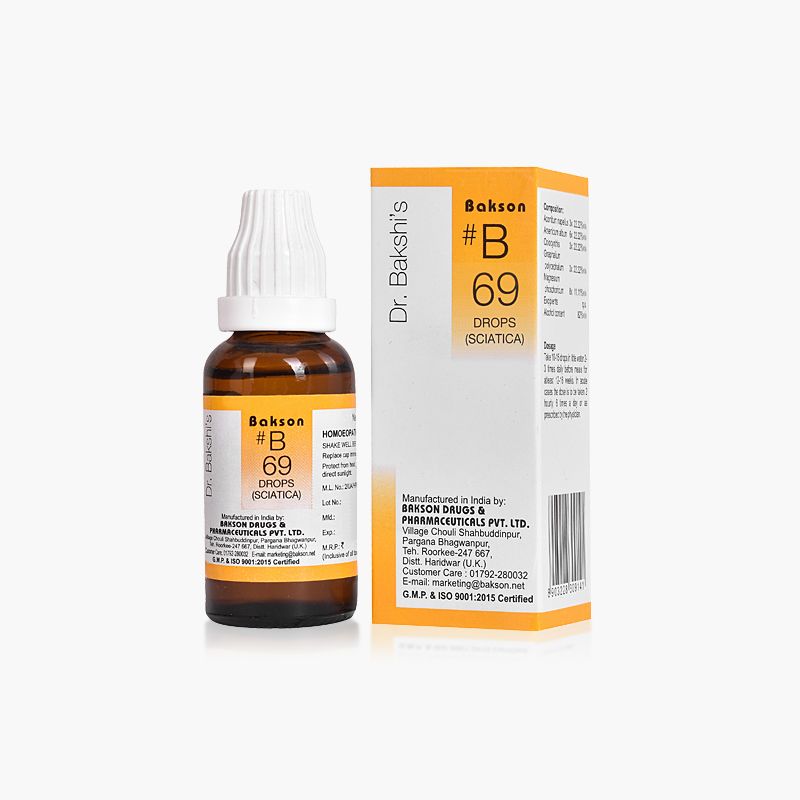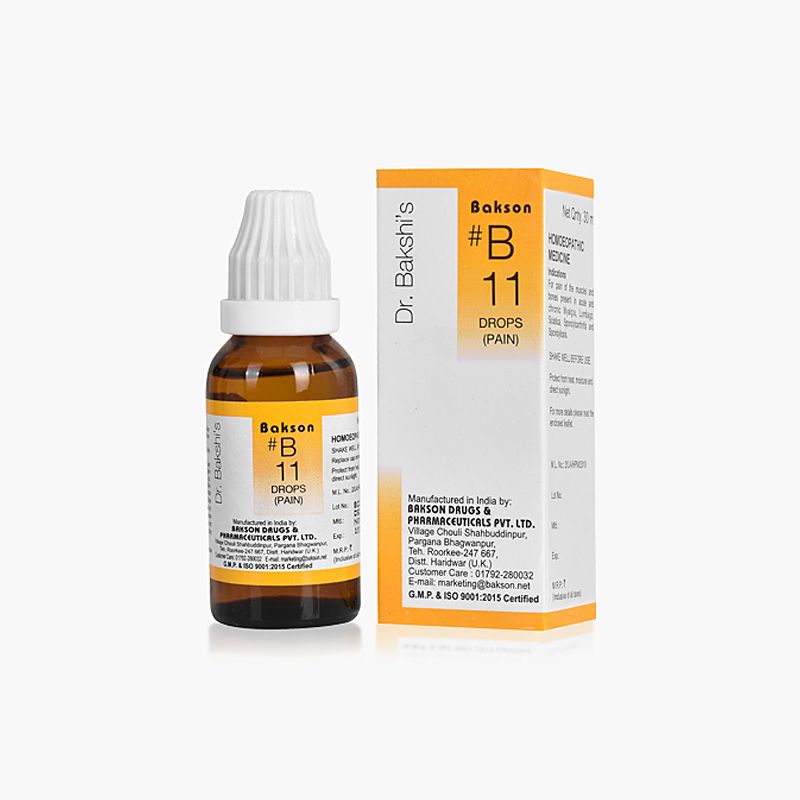We use cookies to make your experience better. To comply with the new e-Privacy directive, we need to ask for your consent to set the cookies. Learn more.
BAKSON SPONDY AID DROPS
Bakson’s spondy aid drops helps in preventing pain, stiffness & soreness in back muscles, arising from degenerative changes in the spine.
"Spondylosis' refers to degenerative Osteoarthritis of the joints between the centre of the spine. Spondy Aid drops are helpful in treating the diseases of the spine and back. Bakson’s Spondy Aid helps in reducing the pain and inflammation of the affected joints. It significantly reduces stiffness and radiating pain associated with Cervical and Lumbar spondylosis, thereby improving the ability to function normally. Additionally, Spondy aid drops help to reduce muscular spasms and frequency of pain thus restoring the general strength of the body.
Compostion: Acid formicum 3x, Colchicum autumnale 3x, Rhus toxicodendron 3x, Ledum palustre 3x, Dulcamara 3x, Gelsemium sempervirens 3x, Ulmus fulva 3x.
Indications: For pain, stiffness & soreness in muscles of the back, arising from degenerative changes in the spine.
Dosage: 10-15 drops of spondy aid drops should be diluted with water and taken 3 times a day. In acute cases, take spondy aid drops every 2 hours, 6 times a day or as prescribed by the physician.
Contra-indication: None
Side effects: No known side effects
Expiry: 5 years from the date of manufacturing.
Manufactured in India by: Bakson Drugs & Pharmaceuticals Pvt. Ltd.
Disclaimer: The information provided herein on request, is not to be taken as a replacement for medical advice or diagnosis or treatment of any medical condition. DO NOT SELF MEDICATE. PLEASE CONSULT YOUR PHYSICIAN FOR PROPER DIAGNOSIS AND PRESCRIPTION.
'Spondylosis' refers to degeneration of the spine. Most often, the term Spondylosis is used to describe osteoarthritis of the spine. This includes the discs or cushions between the vertebrae and the joints between the bones of the cervical spine. There may be abnormal growths or "spurs" on the bones of the spine (vertebrae).These changes can, over time, press down on (compress) one or more of the nerve roots. In advanced cases, the spinal cord becomes involved. The term can be used to describe degeneration in the:
The major risk factor is aging. By age 60 |












